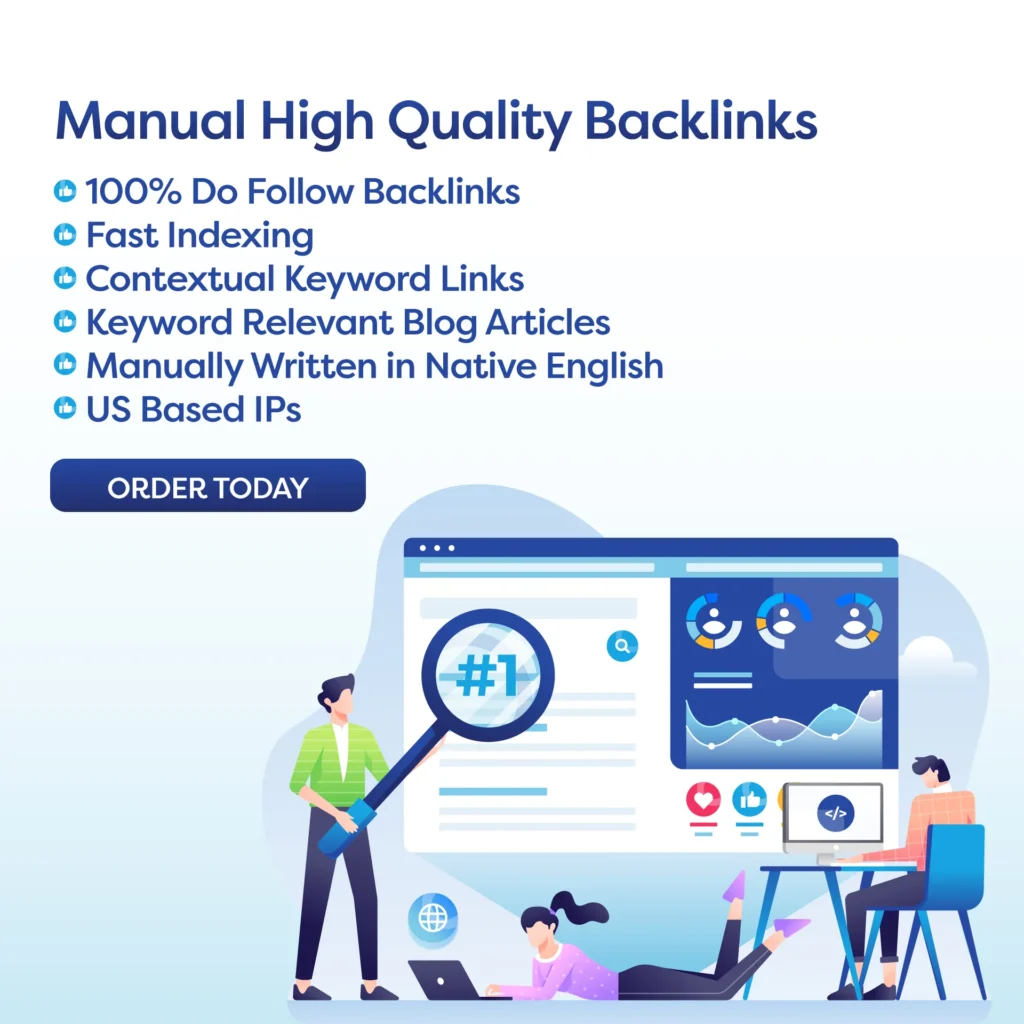Meta Tags Optimization: A Quick Guide
Introduction
When it comes to search engine optimization (SEO), there are a lot of factors that can impact your website’s ranking on search engine result pages (SERPs). And one factor that often gets overlooked is meta tags optimization. But the truth is, meta tags play a crucial role in improving your website’s visibility and driving clicks.
What are Meta Tags?
Meta tags are snippets of text that provide information about a web page’s content. They are placed in the HTML code of a webpage and are not visible on the actual page. These tags are used by search engines to understand what a webpage is about and to display relevant information in the search results.
The Importance of Meta Tags in SEO
Meta tags may not directly impact your website’s ranking, but they do influence how your website appears on search engine result pages. A well-optimized meta tag can entice users to click on your website, increasing your click-through rate (CTR) and ultimately improving your website’s visibility.
Types of Meta Tags
There are several types of meta tags, but the most important ones for SEO are the title tag and meta description.
Title Tag
The title tag is the most crucial meta tag for SEO. It is the title of your webpage that appears as the clickable headline in search engine results. It should accurately describe the content of your webpage and include relevant keywords. The title tag should also be concise, ideally between 50-60 characters, to ensure it is not cut off in search results.
Meta Description
The meta description is a brief summary of your webpage’s content that appears in search engine results below the title tag. While it does not directly impact your website’s ranking, a well-written meta description can influence users to click on your website, increasing your CTR. It should be between 150-160 characters and include relevant keywords.
Best Practices for Meta Tags Optimization
Now that you understand the importance of meta tags in SEO, here are some best practices for optimizing them:
1. Use relevant keywords
Include relevant keywords in your title tag and meta description to improve your website’s visibility for those specific terms. However, avoid keyword stuffing, as it can harm your website’s ranking.
2. Be concise and descriptive
As mentioned earlier, both the title tag and meta description should be concise and accurately describe the content of your webpage. This not only helps with SEO but also entices users to click on your website.
3. Avoid duplicate meta tags
Each webpage on your website should have unique meta tags. Duplicate meta tags can confuse search engines and harm your website’s ranking.
4. Utilize schema markup
Schema markup is a type of structured data that helps search engines understand the content of your webpage better. By implementing schema markup, you can enhance your website’s appearance in search results and potentially increase your CTR.
5. Keep your meta tags updated
As your website’s content changes, make sure to update your meta tags accordingly. This ensures that your meta tags accurately reflect the current content of your webpage.
Conclusion
In conclusion, meta tags may seem like a small aspect of SEO, but they can have a big impact on your website’s visibility and CTR. By following these best practices for meta tags optimization, you can improve your website’s ranking and drive more traffic to your website.
Sources
- https://support.google.com/webmasters/answer/79812?hl=en
- https://moz.com/learn/seo/meta-description
- https://searchengineland.com/seo-101-getting-page-title-tag-right-28696
- https://neilpatel.com/blog/meta-tags-seo/
